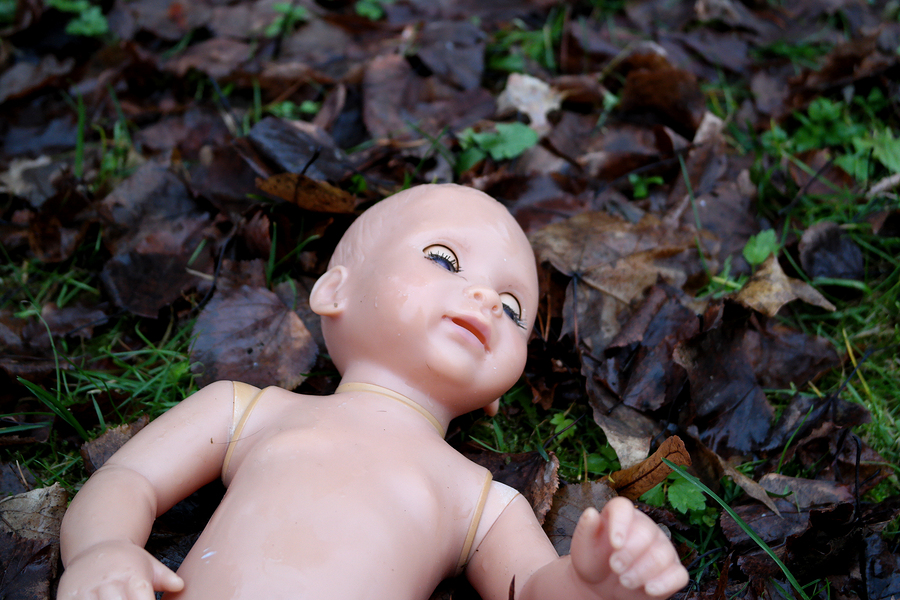Baby farming was a term coined during the 19th century to describe the practice where working-poor women handed over their infants to hired caregivers so they could maintain employment. The baby farmers, operating in both in the United States and Great Britain, solicited business through the newspaper ads and many women responded, believing this to be a reputable profession. Many of the infants were illegitimate, unwanted, or were simple too much of a burden to raise on limited resources. Historically, the responsibility and care for children had shifted in the early 19th century from fathers who sired the children to the mothers who birthed them. Taking a stab at welfare reform, the government support dollars for single mothers had been slashed. This shift did not halt the birth rates as reliable birth control and legal abortions were not available and back street abortions carried a high risk of death. The baby farming system became one of the few alternatives for mothers to legally get rid of a child.
Six baby farmers were hanged in England, Scotland and Wales from 1870-1909. They were found guilty of murdering babies by neglectful care or malice. Often times they admitted the babies were too much bother to properly foster or sell. Logically, murder increased their profit margins. A baby farmer could secure a fee for taking on an infant, murder and dispose of the body and move on to the next paying victim. The mothers were often too ashamed to report to the police that their baby and the caregiver had disappeared.
One of the most famous baby farmers was a woman from the UK named Amelia Dyer. She confessed, stood trial and was found guilty of strangling seven babies and disposing their bodies in the Thames. All the infants were found with a white tape around their necks. She was hanged for these seven murders in 1986 but it is rumored she may have murdered 400 babies.
As a result of these crimes, Parliament passed laws to better protect babies and small children and later introduced legislation to oversee adoption and foster practices.
In my second novel, The Cutter’s Widow, the character Ella Byrne, places a newborn infant, the illegitimate child of her best friend Amolia, with a wealthy family in Saint Paul, MN. The husband intends to substitute Amolia’s son for his stillborn infant to spare his wife the grief of another lost baby. The husband pays Ella for her silence and she gets the idea to place babies for a fee as a way to support herself now that she is widowed. Ella idealistically pictures the babies that come through her care will be placed with good families who will feed, clothe and educate these foundlings. She believes they will be well-loved and have a good life. As her business flourishes, she plans to record these placements on a map, using hundreds of pinheads to mark the geography where her babies will live.
When three premature infants are abandoned on her doorstep, Ella immediately struggles to keep up to the care-demands of three ill babies. She ends up partnering with a local pick-pocket to help run her baby-business. Lettie promises their new venture will make them both rich. Naïve Ella believes Lettie when she promises, “You just take care of them and I’ll find them homes.”
Lettie is brash, sometimes funny, other times cruel. Eventually Ella suspects Lettie of lying about the placement of the babies and when she confronts her, Lettie threatens and blackmails her.
Undoubtedly there were good women, like Ella, that provided good care and found homes for unwanted infants. As history shows us, social problems of poverty, unemployment, and lack of resources, also create desperation and an opportunity for exploitation.
Find The Cutter’s Widow on Amazon.com


Recent Comments